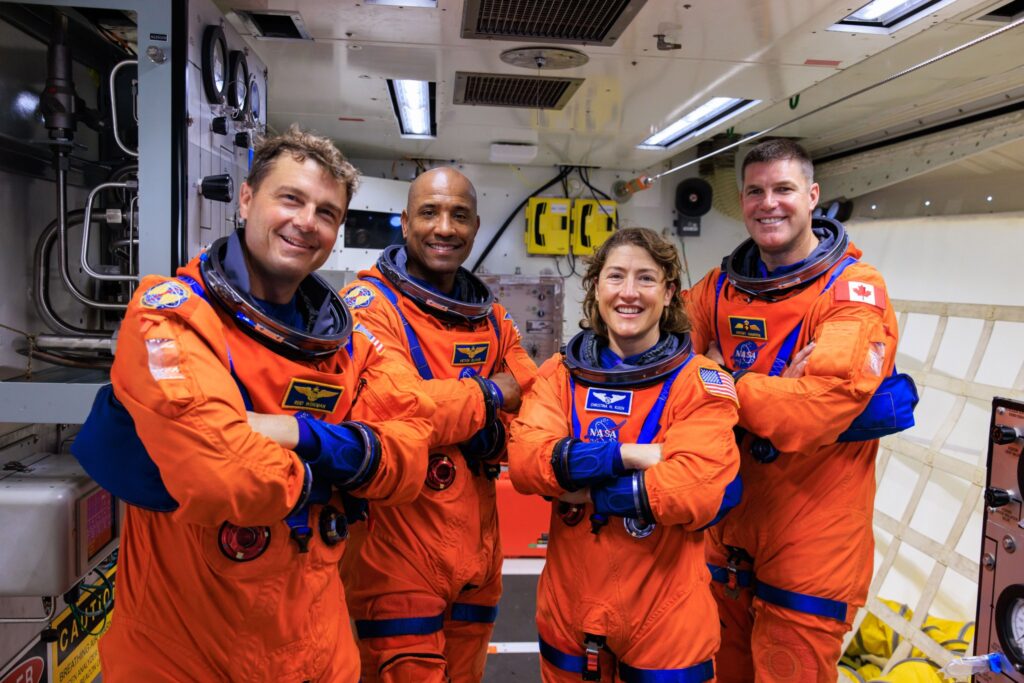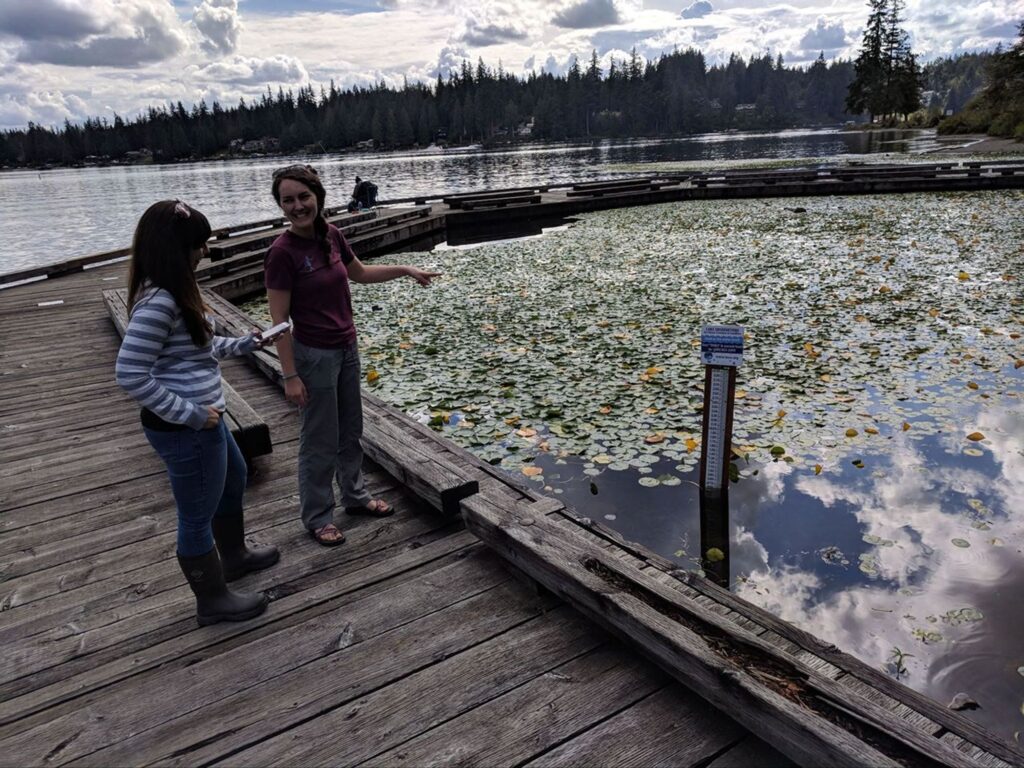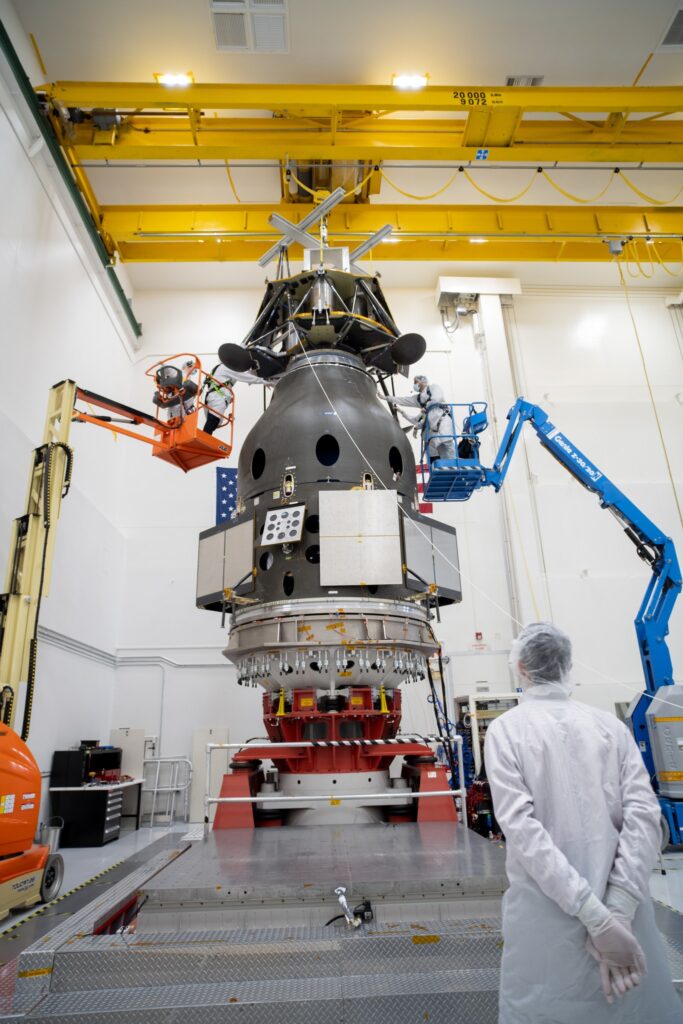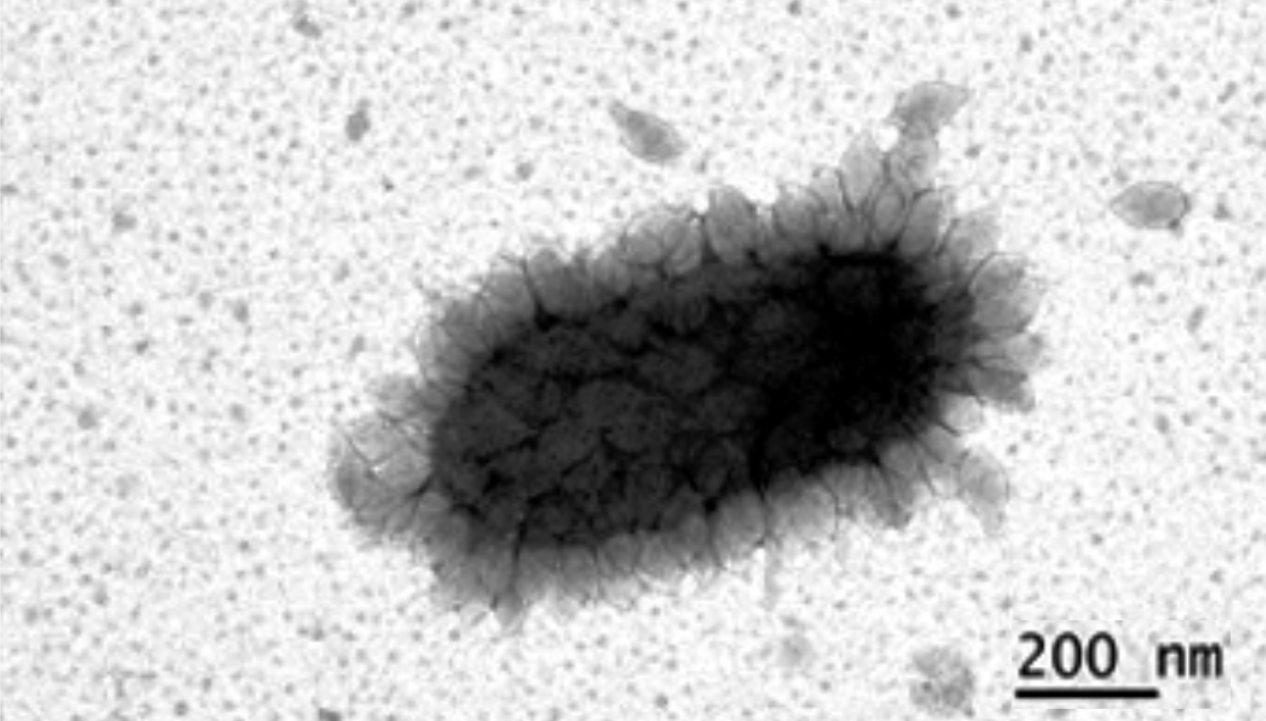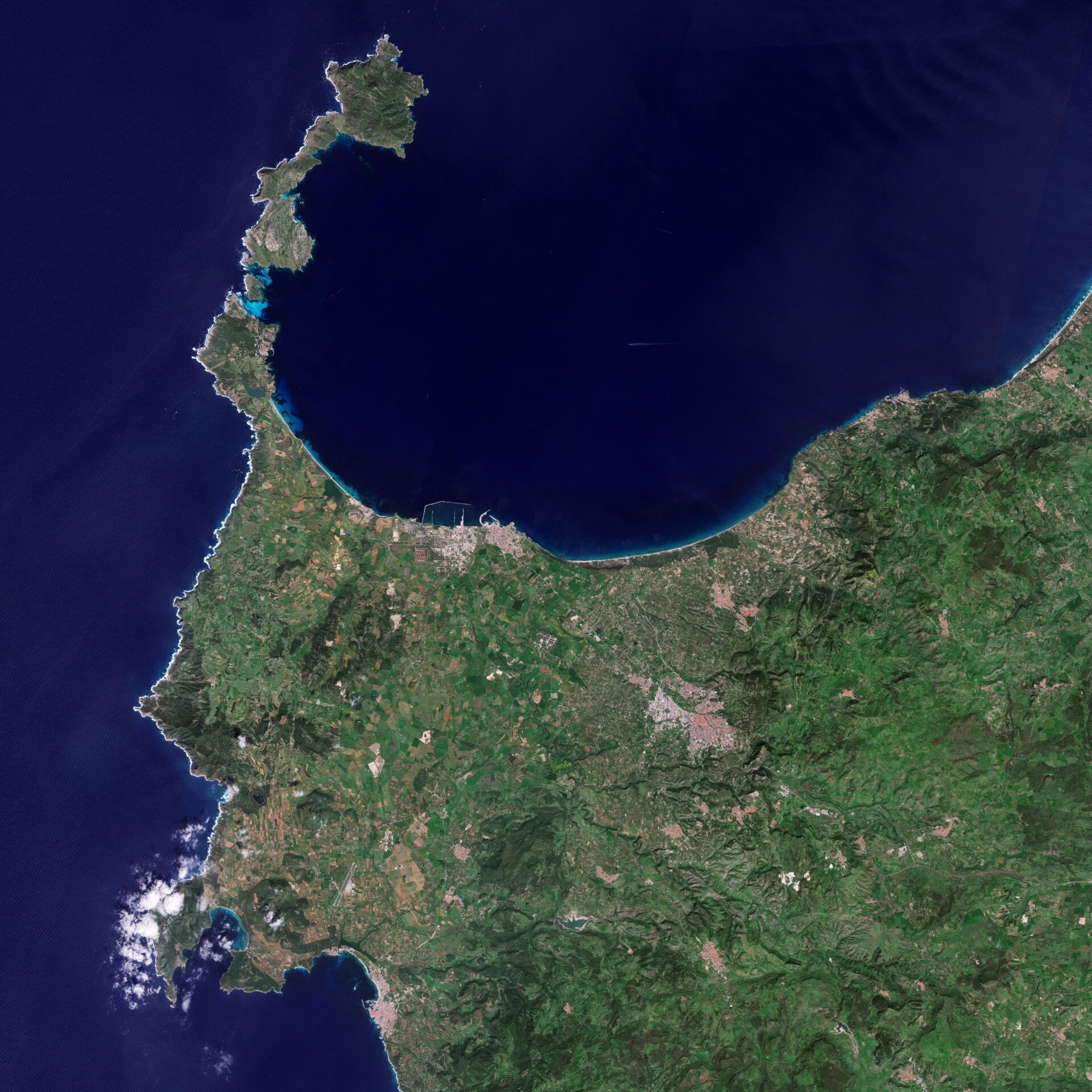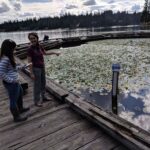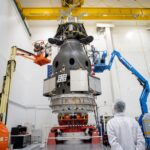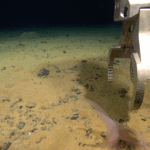Now Reading: Identification of Bacillus Species Isolated From Cleanrooms at NASA Johnson Space Center
-
01
Identification of Bacillus Species Isolated From Cleanrooms at NASA Johnson Space Center
Identification of Bacillus Species Isolated From Cleanrooms at NASA Johnson Space Center


Astromaterials curation team at NASA’s Johnson Space Center continues to collect the bonus asteroid Bennu particles located outside the OSIRIS-REx TAGSAM (Touch-and-Go Sample Acquisition Mechanism) head.– NASA
Bacteria are frequently isolated from surfaces in cleanrooms, where astromaterials are curated, at NASA’s Lyndon B. Johnson Space Center (JSC). Bacillus species are of particular interest because endospores can endure extreme conditions.
Current monitoring programs at JSC rely on culturing microbes from swabs of surfaces followed by identification by 16S rRNA sequencing and the VITEK 2 Compact bacterial identification system.
These methods have limited power to resolve Bacillus species. Whole genome sequencing (WGS) is the current standard for bacterial identification but is expensive and time-consuming.
Matrix-assisted laser desorption – time of flight mass spectrometry (MALDI-TOF MS), provides a rapid, low-cost, method of identifying bacterial isolates and has a higher resolution than 16S rRNA sequencing, particularly for Bacillus species; however, few studies have compared this method to WGS for identification of Bacillus species isolated from cleanrooms.
Resolution of MALDI-TOF compared to whole genome sequencing for identification of Bacillus species isolated from cleanrooms at NASA Johnson Space Center, Frontiers vis PubMed
Astrobiology,
Stay Informed With the Latest & Most Important News
-
 012024 in Review: Highlights from NASA in Silicon Valley
012024 in Review: Highlights from NASA in Silicon Valley -
 02Panasonic Leica Summilux DG 15mm f/1.7 ASPH review
02Panasonic Leica Summilux DG 15mm f/1.7 ASPH review -
 03From Polymerization-Enabled Folding and Assembly to Chemical Evolution: Key Processes for Emergence of Functional Polymers in the Origin of Life
03From Polymerization-Enabled Folding and Assembly to Chemical Evolution: Key Processes for Emergence of Functional Polymers in the Origin of Life -
 04How New NASA, India Earth Satellite NISAR Will See Earth
04How New NASA, India Earth Satellite NISAR Will See Earth -
 05And Thus Begins A New Year For Life On Earth
05And Thus Begins A New Year For Life On Earth -
 06Astronomy Activation Ambassadors: A New Era
06Astronomy Activation Ambassadors: A New Era -
07SpaceX launch surge helps set new global launch record in 2024













